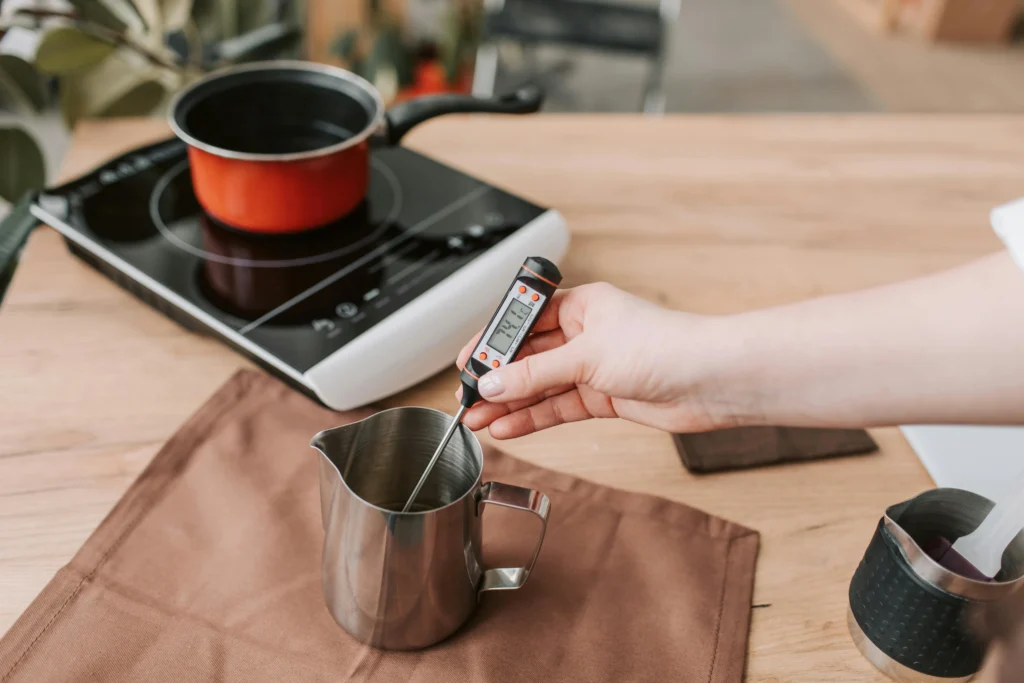I followed the recipe but it didn’t work so I am not good at cooking, baking, etc. We hear and read that all the time from all sorts of people. What is worse is if it ends up wasting a person’s time, money, and food. This post will talk about how to read a recipe for success. Authors of many recipes accidentally leave out details that you need to be successful. To help you be more successful we can put a rubric around reading recipes that we have learned the hard way.
Food, Furniture, or Software, it’s still a Recipe
We spent many years in the software industry writing requirements for engineers to create systems, applications, and features. You would think that was easy. All you need to do is tell them I want a web page that displays a user’s items in a user’s checkout cart. Can they change the items in the cart? How do they check out? What are the colors of the error messages? It gets to be a bit of a rat hole quickly.
Why is it so problematic and how does that relate to recipes? TL;DR, the reality is while we may use the same terms those terms may be defined differently by two different individuals who never ask about the context they are being used in. What we are talking about is how one individual, who may never meet the other, gives that person their knowledge in a reproducible way.
A Recipe Is an Instruction Set
Recipes are an instruction set or formula that has specific ingredients and processes in an order. To be reproducible they must include the ingredients and the process to make something. This makes them no different than putting together Ikea furniture or a DIY shed kit. Sounds complicated right? No one wants to sit down, go through every step, and maybe watch a video as well. You want dinner and you want it now but that is exactly where things go wrong.
Details Matter and Lessons Learned
Mia Culpa I know this first hand. I love Baklava so I bought an old-school cookbook, followed the recipe, and threw it in the oven. The hours started to go by and I kept checking it from 7 pm until 10 pm before deciding something was wrong as it wasn’t turning brown. After re-reading the recipe about 10 times I had a face-palm moment.
While the entire cookbook used standard measurements such as cups and teaspoons, it had cooking temperatures in Celsius. I set my oven to 180 Fahrenheit instead of 350 Fahrenheit because I didn’t pay attention to the notation. It was a simple mistake back before we were a more global society and had things like the internet. Luckily it was savable, but I still use that as an example of the importance of reading the fine print.

Breaking it Down to Tips and Traps.
Helpful Tips:
- Read the recipe end to end and make sure you aren’t surprised by a step. The writer may not tell you that you need to have something like an ice bath ready until they hit that step.
- When you see a term you don’t know, search it. Terms such as sweat and saute are very specific forms of cooking.
- Measure as they measure and use the ingredients in the manner they use them. If it is two cups of diced carrots you will significantly alter the recipe by substituting sliced carrots due to the volume change.
- When possible use recipes with weights such as grams or ounces over volume units such as cups and teaspoons. Weight is considered more accurate than volume measurements.
- Read the comments on the recipe to see how many people made changes and why.
- If you need half a cup of celery or onion, you will have leftover ingredients you have paid for. it would be good to be able to plan for their use before they end up wasted.
- Follow the steps of the recipe as precisely as you can. Many times the writer may not know they are doing something that has a specific name and outcome. I have read many recipes that don’t state clearly why you may be doing something like creaming or kneading.
Traps to Avoid:
- When the recipe has ambiguous terms such as ‘until fragrant’ or ‘at a sizzle’ make sure you are aware of their intent. For example, when fragrant is the only indication of doneness, it is very easy to burn spices which only have about 10 seconds from ‘fragrant’ to charred.
- Read the number of steps and inactive prep time, not just the active minutes. Some recipes are way more involved than simply the time you are preparing them. Bread is notorious for having 12-14 distinct steps most of the time is for the dough to rise.
- If you have special dietary needs, verify you can make the appropriate substitutions in the recipe. Simply changing from say buttermilk to skim milk can cause an acid imbalance that keeps proper leaving from occurring.
- Follow the steps of the recipe as precisely as you can. Many times the writer may not know they are doing something that has a specific name and outcome. I have read many recipes that don’t state clearly why you may be doing something like creaming or kneading.
- If you don’t have the pans types (manufacturers don’t matter) don’t make the dish unless you do some research. When cooking, some pan types, shapes, and materials they are made from imply specific methods of cooking. You can use one pan for many things but you have a better chance of success if you are keeping close to what the recipe calls for.
In Closing
Circling back around, a recipe is two things; ingredients and a process to create something with them. These sets of instructions are no different than doing DIY kits such as furniture. Once that is understood you can understand very quickly which will work and which won’t by reading them. It is really easy to fall into the trap of seeing a pretty picture on a site or book and not paying attention to the details. The details are what are important. Unlike furniture, you can’t simply unscrew something and flip it over once you see the mistakes.
